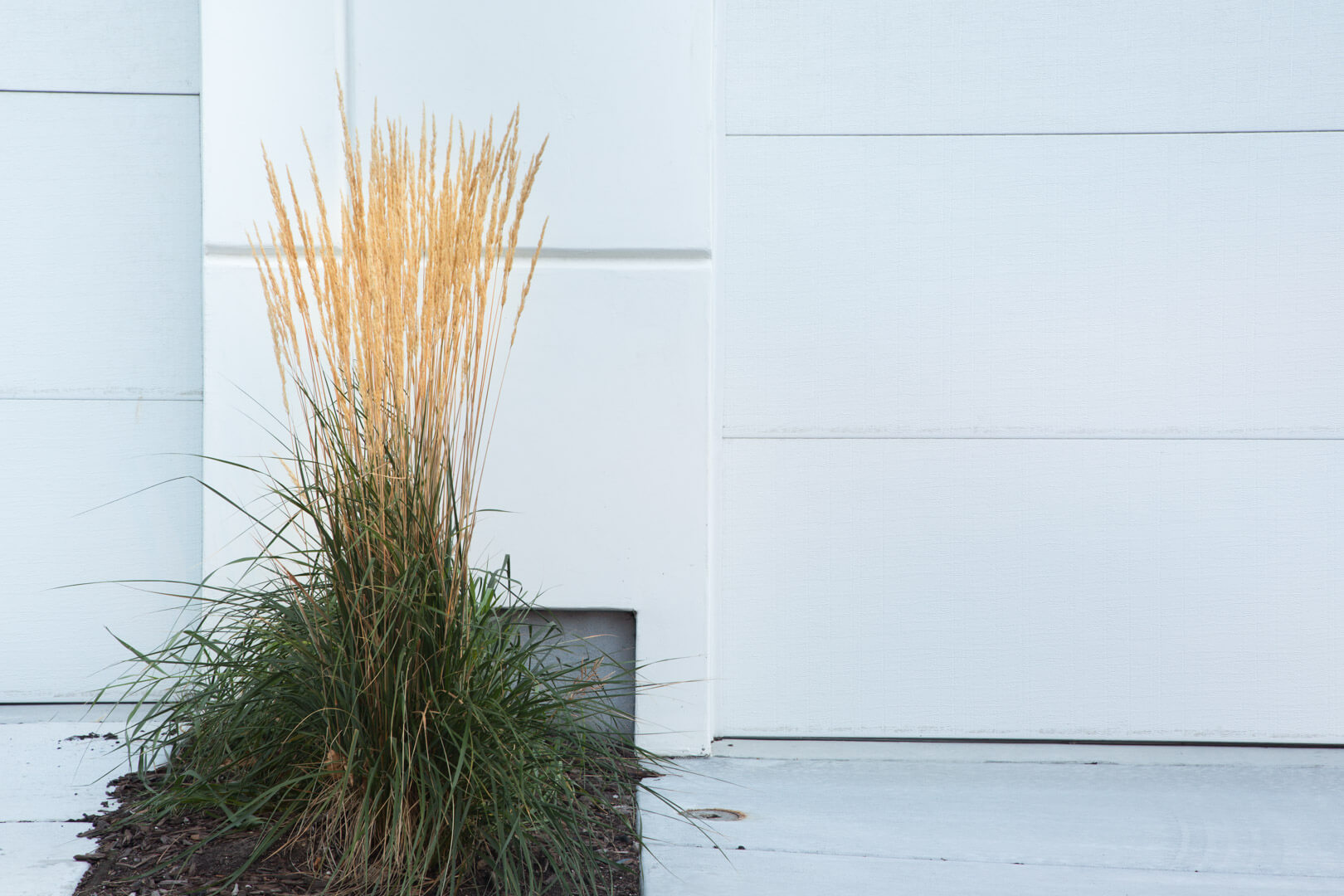As an architect you know it is common for an architectural design to begin with a design concept. A design concept is an idea that embodies the user’s experience in the space. This idea drives the design from a non-physical design problem toward a built reality where the activities of the project can take place.
A strong design concept is less commonly established for commercial landscape design. This produces a lot of disparity between the quality of the architecture and the context surrounding it, with the outdoor space paling in comparison to the well-considered building.
If you are an architect with a real, holistic vision for your project you need a compatible outdoor design approach. In order to tie the building to the landscape, an intentional design for plants is required. You need a planting design approach with an architect’s mindset.
The Art of Landscape Design
Frederick Law Olmsted, popularly considered the father of American landscape architecture, believed in approaching landscape design as an art. Architect Daniel Burnham said of his approach, “He paints with lakes and wooded slopes; with lawns and banks and forest-covered hills; with mountainsides and ocean views.”
An architectural approach to planting design employs masses of plants like large paint strokes across the landscape. It uses colors and textures in an artistic manner, bordering on the abstract. With this artistry, no decorative elements take precedence over the whole space. The focus of the design is not ornamental gardening, but rather the over-arching purpose of creating an experiential space.
This planting design philosophy creates the best rooftop and outdoor living experiences. It does not call attention to itself and produces an unconscious feeling of relaxation. You accomplish harmony with the architecture by bringing elements together to produce a particular effect or view.
A Landscape Backdrop
In order to truly serve as an amenity, urban outdoor space needs ample greenery. An architectural approach to planting design has a focus on durability and employs plants the exact same way as other materials. It doesn’t matter how interesting or cool a plant is if it fails to survive urban rooftop conditions. Green, “bullet-proof,” easily maintained plants fit the bill.
When the focus of the space is outdoor living, plants are there to provide a backdrop. Lush trees and shrubs are critical in providing atmosphere. They increase humidity, lower temperature, and provide shade. Additionally they create a sense of refuge and relaxation that is difficult to capture without plants. Therefore, plant selection should focus on achieving these effects.
While there are many admirable purposes for plants in an urban environment, an architectural approach to rooftop and urban planting design hinges on practicality and ambient impact.
Native Plants and Sustainability
Rather than impose a strict usage of only native plant species, the focus should be on using climate adapted plants. In many cases, no native plants exist that will meet the design requirements for an urban landscape. In the Intermountain West, for example, most native tree species only occur at high mountain elevations and are not well-adapted to the warmer, drier climate of the valleys where cities are located.
Native plants can be difficult to maintain and keep alive in urban conditions and may be better suited for private residential landscapes in the suburbs. Climate adapted plants, however, provide a wider range of design options. They also feature the responsible use of water and necessary drought tolerance to ensure survival.
An architectural approach to sustainable planting begins with understanding that the longer something lasts without requiring replacement, the better it is for the environment. Thus, you should take great care to create a space that people love. Then people will want to maintain it and make sure it lasts through the years.
Reinforcing the Architectural Concept
Landscape design for urban architecture should reinforce the design concept established by the architecture. When the indoor and the outdoor elements of a site are connected by the same design idea, both spaces are enhanced.
For example, the placement of trees adjacent to the building should be strategic. They aren’t placed to cover the building, but rather work with the building to frame view from within the architecture. Plantings provide the opportunity to emphasize key features and components of the building design. This increases the value of the trees and shrubs to the users of the space.
When the landscape designer understands the architectural narrative, they position plants in a way that guides the user through the site. They can highlight an entry, change as one moves through the space, and delineate certain zones of activity.
The seasonal changes of vegetation could be poetic reminders of the architectural concept and enhance the bioclimatic features of a building. Particular planting archetypes, such as an allé or bosque, serve a certain function to create the outdoor equivalent of rooms and processions.
Planting Design at Loft Six Four
At Loft Six Four we emphasize the importance of architecture throughout our design process for rooftop and outdoor living space. Our favorite and most successful projects always involve a close collaboration with architects.
Looking for a design partner who can understand your vision? Give us a shout, we’d love to meet up for a conversation.
